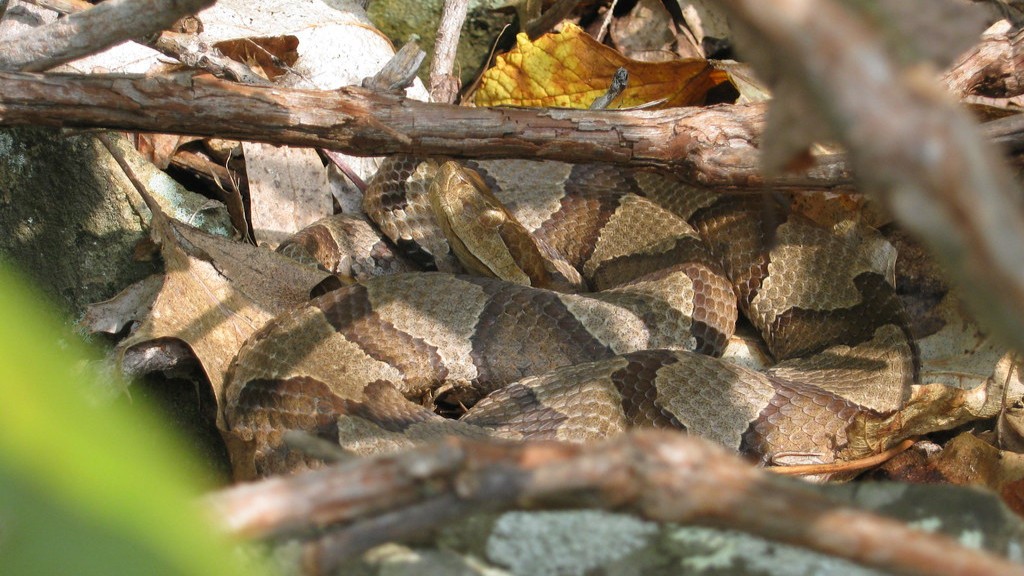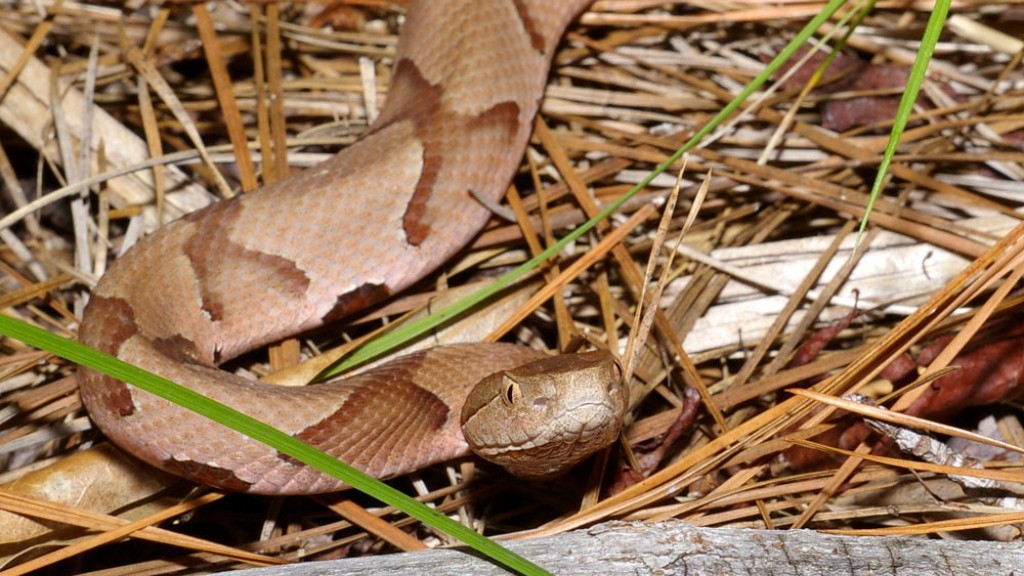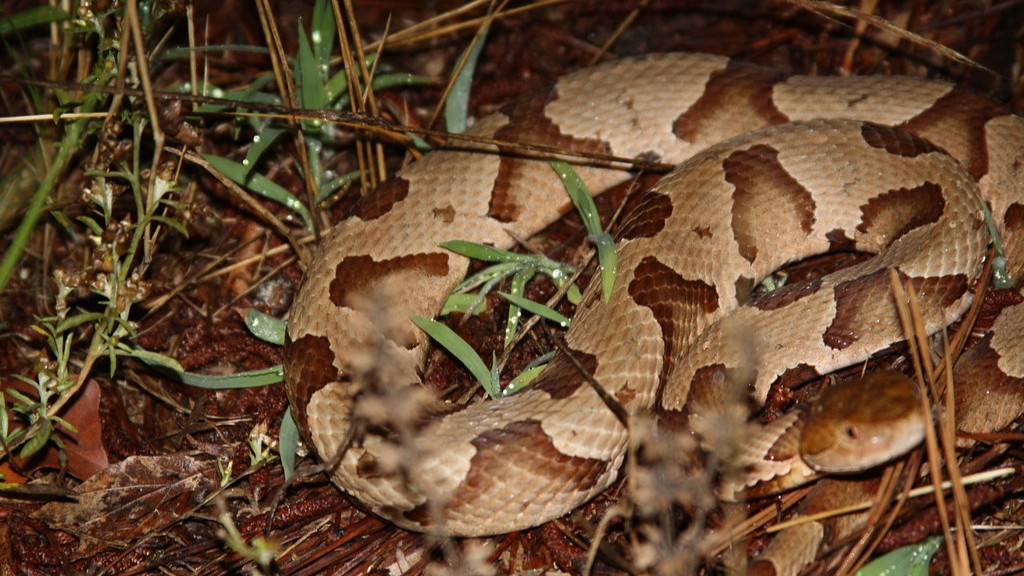The Striking Distance of a Copperhead Snake
The striking distance of a copperhead snake is a fascinating aspect of its predatory behavior that has intrigued scientists and researchers for many years. This article aims to provide a comprehensive understanding of the striking distance of copperhead snakes, shedding light on their remarkable abilities and the factors that influence their striking range.
1. Introduction
Copperhead snakes, scientifically known as Agkistrodon contortrix, are venomous pit vipers native to North America. They are well-known for their distinctive copper-colored heads, which give them their common name. Copperheads are ambush predators, relying on stealth and camouflage to capture their prey.
The striking distance of a snake refers to the maximum distance at which the snake can extend and accurately strike its target. This distance is critical for understanding the copperhead’s hunting behavior and its effectiveness in capturing prey. Various factors, both anatomical and behavioral, contribute to the snakes’ striking distance.
2. Anatomy and Physiology
The physical characteristics of copperhead snakes play a significant role in determining their striking distance. One key factor is their fang length. Copperheads possess a pair of long, hollow fangs located in the front of their upper jaw. These fangs can be extended when the snake opens its mouth, allowing for precise venom delivery to their prey.
Another anatomical feature that affects the striking distance is the flexibility of the snake’s body. Copperheads have a highly flexible body structure, consisting of numerous vertebrae connected by flexible joints. This flexibility enables the snake to coil and strike with remarkable speed and accuracy.
3. Sensory Abilities
Copperhead snakes have a well-developed sensory system that aids them in accurately assessing their target’s position and distance. Their vision, though relatively limited compared to humans, has evolved to detect movement and shapes effectively. This visual acuity assists copperheads in accurately judging the distance to their prey.
Furthermore, copperheads possess specialized heat-sensing pits, known as loreal pits, located between their eyes and nostrils. These pits enable the snake to detect temperature gradients, providing crucial information about the proximity of potential prey. The integration of visual and thermal sensory input enhances the accuracy of the snake’s striking range.
4. Environmental Factors
The striking distance of a copperhead snake can also be influenced by environmental conditions. One significant factor is the terrain in which the snake hunts. Copperheads are primarily terrestrial, inhabiting a range of environments such as forests, swamps, and grasslands. Each environment presents unique challenges and opportunities for prey capture, affecting the snake’s striking distance.
Additionally, temperature and humidity levels can impact the snake’s striking range. Snakes are ectothermic, meaning their body temperature is regulated by external sources. Optimal temperature and humidity conditions facilitate better muscle function and increase the effectiveness of the snake’s striking distance.
5. Prey Size and Behavior
The size and behavior of the snake’s prey can also influence its striking distance. Copperhead snakes typically prey on small vertebrates such as rodents, frogs, and lizards. Larger prey may require the snake to strike from a closer distance due to the need for a stronger grip and efficient venom delivery.
The behavior of the prey can also impact the snake’s striking range. Prey that is vigilant and quick to flee may require the snake to strike from a greater distance to ensure a successful capture. On the other hand, slower-moving prey may allow the snake to strike from a closer range.
6. Observations and Research
Researchers have conducted numerous studies to gather data on the striking distance of copperhead snakes. These studies often involve controlled environments, utilizing plastic models or captive snakes. By measuring the snake’s extended reach and striking accuracy, researchers can determine the maximum striking distance of the copperhead.
Anecdotal evidence from field observations also contributes to our understanding of copperhead snakes’ striking distance. Naturalists and herpetologists have observed snakes in their natural habitats, recording instances of successful strikes and estimating the distance between the snake and its prey.
7. Conclusion
The striking distance of a copperhead snake is a complex phenomenon influenced by various factors. The snake’s anatomy, sensory abilities, environmental conditions, and prey characteristics all play significant roles in determining its maximum striking range. Understanding these factors aids in appreciating the remarkable predatory abilities of copperhead snakes and their evolutionary adaptations.



